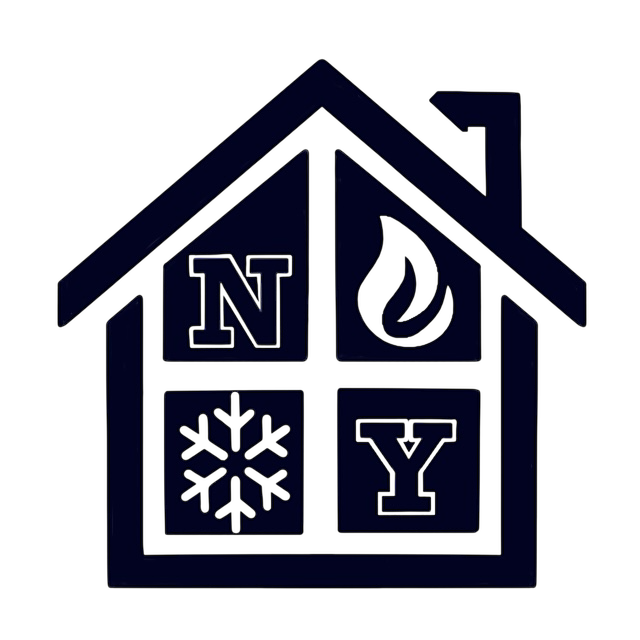How to Evaluate Your Home's Energy Use Effectively
- New York Energy Assessments

- May 30
- 3 min read
Updated: Jul 23
Understanding your home's energy use is crucial in today's world. Not only does it affect your monthly bills, but it also has a significant impact on the environment. Evaluating your energy consumption can help you identify areas for improvement, leading to lower costs and a reduced carbon footprint. Let’s explore effective methods to assess and improve your home energy use.
Assessing Your Home Energy Consumption
To begin, it's essential to have a clear picture of your home's current energy consumption. This involves gathering information about your utility bills over time. Take note of usage patterns, peak consumption months, and overall trends. This data will be your foundation for making informed decisions about energy efficiency.
Moreover, consider tracking your energy use on a monthly basis, which can reveal seasonal trends. For example, usage may spike during summer and winter months due to air conditioning and heating demands. By understanding these patterns, you can plan your usage more effectively and explore cost-saving measures.

Conducting a Home Energy Audit
A home energy audit is an in-depth way to evaluate your energy efficiency. Many professionals offer energy audits, which usually include insulation checks, air leaks, and HVAC system performance evaluations. After completing an audit, you will receive a detailed report, highlighting areas that need improvement.
If you’re keen on a more hands-on approach, you can carry out a DIY energy audit. Begin by checking insulation levels, particularly in the attic and basement. Next, inspect windows and doors for drafts. Using a candle or incense stick can be a simple way to identify air leaks around frames.
For those seeking professional guidance, consider looking into assessments for duct leakage and other thorough auditing services to pinpoint inefficiencies in your home.

Understanding Major Energy Consumers
After the assessments, it’s important to know which appliances consume the most energy in your home. Appliances such as heating and cooling systems, water heaters, refrigerators, and laundry machines typically account for a large portion of energy consumption.
For instance, the U.S. Department of Energy states that heating and cooling can use nearly 48% of energy in the average home. With such substantial statistics, energy-efficient appliances and smart thermostats can help alleviate this burden. When replacing devices, consider those with the Energy Star label, suggesting higher efficiency levels.

Sealing Air Leaks and Improving Insulation
Once you identify major energy consumers, examine ways to reduce their energy use. Sealing air leaks is one of the most effective strategies. Use weather stripping around windows and doors to prevent drafts. Caulking can also be beneficial in sealing gaps in the walls and sills.
Furthermore, improving insulation in your home can significantly prevent heat loss in winter and keep it cool in summer. Attics, basements, and wall cavities are critical areas for insulation. Upgrading insulation may require an initial investment but will result in substantial long-term savings on energy bills.
Embracing Smart Technology
In today's digital age, smart technology can play a vital role in optimizing energy use at home. Smart thermostats allow you to control heating and cooling remotely. They learn your schedule and adjust the temperature accordingly, reducing energy use when you are not home.
In addition, smart lighting systems made up of LED bulbs can be installed. They utilize less energy than traditional bulbs and can be programmed to turn off automatically when a room is unoccupied. Moreover, consider smart power strips that cut power to devices that are not in use, further curbing your energy consumption.

Taking Action Based on Your Evaluation
After gathering and analyzing all your data, it’s time to take action. Develop a list of priorities based on potential savings and ease of implementation. Start with smaller changes that are manageable, like sealing gaps and switching to LED light bulbs.
Next, consider investing in larger upgrades over time, such as replacing old appliances or improving insulation. Applying for local incentives or rebates can significantly offset the costs involved with these updates.
Making Energy Efficiency a Lifestyle
Improving your home's energy efficiency is not a one-time effort but an ongoing project. Stay aware of how your daily habits influence energy use. Simple actions, like turning off lights when leaving a room or unplugging devices that aren't in use, can collectively lead to significant savings.
Moreover, educate your family about energy conservation practices. Engage them in discussions about energy management, fostering a culture of sustainability in your household. This long-term awareness creates a positive impact on both your energy bills and the environment.
By thoughtfully evaluating your home's energy use and implementing strategic changes, you not only enhance your living space but also contribute to a healthier planet for generations to come.



Comments